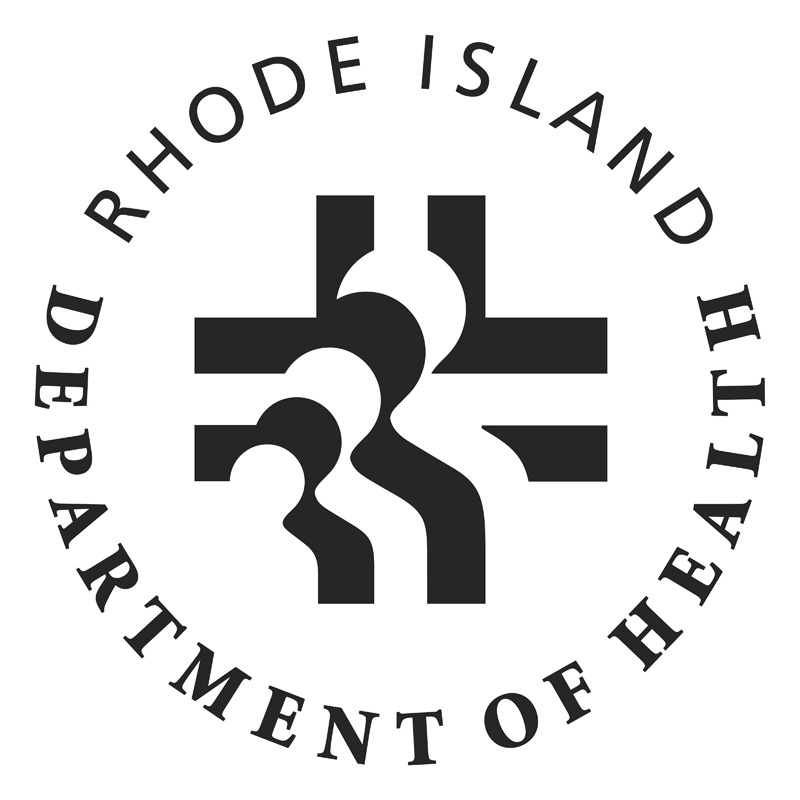Enteric Disease Data
Purpose
To monitor the epidemiology, incidence and geographic distribution of enteric diseases in Rhode Island.
Data Collection Period
2018-2022
Data Source
Extracted from Rhode Island National Electronic Disease Surveillance System in the fall of 2023. Probable and confirmed cases are based on lab work reported to the Rhode Island Department of Health.
Data Notes
Data are reported based on MMWR year, which differs slightly from calendar year. Counts are only displayed if five or greater. Rates are only displayed if numerator is greater than 20 and denominator is greater than 100. Read RIDOH's Small Numbers Policy for additional information.
Outbreaks
Please see the
National Outbreak Reporting System (NORS) Dashboard from CDC for case counts by state.
Key Points
The data dashboards displayed below represent cases of cryptosporidiosis, cyclosporidiosis, giardiasis, campylobacteriosis, listeriosis, shiga toxin-producing E. coli (STEC), salmonellosis, shigellosis, virbiosis, and yersiniosis. Other bacterial and parasitic enteric illnesses are not displayed here due to Rhode Island Department of Health Small Numbers Reporting Policy or because they are not reportable to RIDOH.
Cryptosporidiosis
Cryptosporidiosis is a parasitic enteric disease caused by the parasite cryptosporidium. The disease is also referred to as “crypto.” Symptoms include watery diarrhea, stomach cramps, dehydration, nausea, vomiting, fever, and weight loss. Cryptosporidium can infect both animals and humans. People usually are exposed to cryptosporidium through water, including recreational water. More information about cryptosporidiosis.
Rhode Island’s case count of cryptosporidiosis was particularly high in 2018 due to a zoonotic outbreak, with 90 total cases in 2018. From 2019 to 2022, total annual case counts ranged from 23 to 63. Total case rate per 100,000 residents was 5.68 in 2022.
Cyclosporiasis
Cyclosporiasis is a parasitic enteric disease caused by the parasite Cyclospora cayetanensis. Move information on cyclospoiasis.
A data dashboard is not displayed for cyclosporiasis due to small case counts. Aggregate data from 2018-2022 were compiled for a data overview. Case counts were high in 2019 due to a foodborne outbreak, with a total of 31 cases. Total case count for 2018-2022 was 44.
Giardiasis
Giardiasis is a parasitic enteric illness caused by the parasite giardia. The parasite can be found on surfaces or in the soil, food, or water that has been contaminated with feces from infected people or animals. Symptoms of giardiasis can include diarrhea, abdominal cramps, vomiting and more. People most commonly contract giardia from swallowing contaminated drinking water or recreational water. More information on giardia.
Campylobacteriosis
Campylobacteriosis is caused by campylobacter bacteria. It is the most common bacterial cause of diarrheal illness in the United States. The campylobacter bacteria can be carried in the intestines, liver, and other organs of animals and can be transferred to humans through contact or consumption. Consuming undercooked chicken, turkey, or unpasteurized milk can increase risk of campylobacteriosis. Symptoms of campylobacteriosis can include diarrhea, nausea, vomiting, bloody stool, and stomach cramps. More information on campylobacteriosis.
Listeriosis
Listeriosis (listeria) is an infection usually caused by eating food contaminated with the bacterium Listeria monocytogenes. Foods including soft cheese (ex. queso fresco), deli meats and cheeses, and unpasteurized milk are at higher risk for listeria monocytogenes contamination. Pregnant individuals, newborns, and individuals over the age of 65 are more likely to get infected with listeriosis. Symptoms of listeriosis can include fever, diarrhea, vomiting, muscle aches, headache, and stiff neck. More information on listeriosis.
Shiga-Toxin Producing E. coli (STEC)
Escherichia coli (E. coli) bacteria are normal bacteria that live in the digestive tract of humans and animals. Most types of E. coli are harmless but there are some subtypes that can cause illness. Shiga toxin-producing E. coli (STEC) is the most commonly heard about harmful type of E. coli that can cause diarrheal illness. Symptoms of illness can vary but often times include stomach cramps, diarrhea (often bloody), fever, and vomiting. More information on STEC.
Salmonellosis
Salmonellosis is diarrheal illness caused by the bacteria salmonella. Most people with salmonella infection have diarrhea, fever, and stomach cramps. Symptoms generally begin six hours to six days after infection and last four to seven days. Salmonella bacteria live in the intestines of people and animals. People can get Salmonella infection from a variety of sources, including eating contaminated food or drinking contaminated water and touching infected animals, their feces or their environment. More information on salmonella.
Shigellosis
Shigella is a bacterium that cause an infection known as shigellosis. Shigella can spread easily from one person to another and can symptoms like diarrhea, fever, and stomach pain. Symptoms can be mild or they can be severe. More information on shigella.
Vibriosis
Vibrio bacteria naturally live in certain coastal waters and are present in higher concentrations between May and October when water temperatures are warmer. The majority of vibriosis case are the result of consuming raw or undercooked shellfish, particularly oysters. Symptoms can include watery diarrhea, often accompanied by abdominal cramping, nausea, vomiting, fever, and chills. More information on vibriosis.
Yersiniosis
Yersiniosis is an infection caused most often by eating raw or undercooked pork contaminated with Yersinia enterocolitica bacteria. Symptoms typically develop four to seven days after exposure and may last one to three weeks or longer. Symptoms can include fever, diarrhea, bloody stool, and abdominal pain. More information on Yersiniosis.
 Rhode Island Department of Health
Rhode Island Department of Health